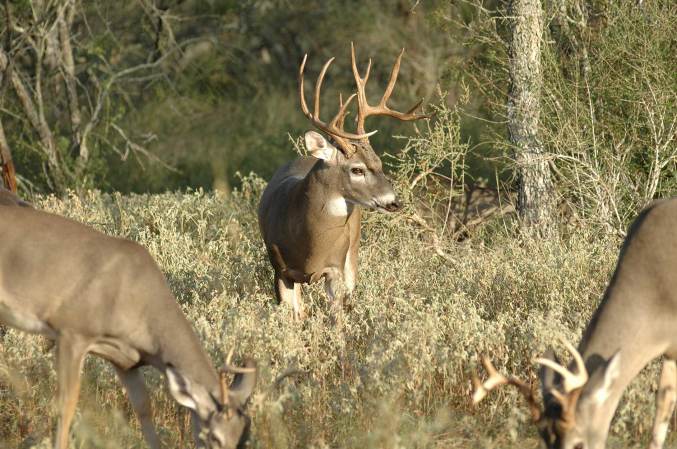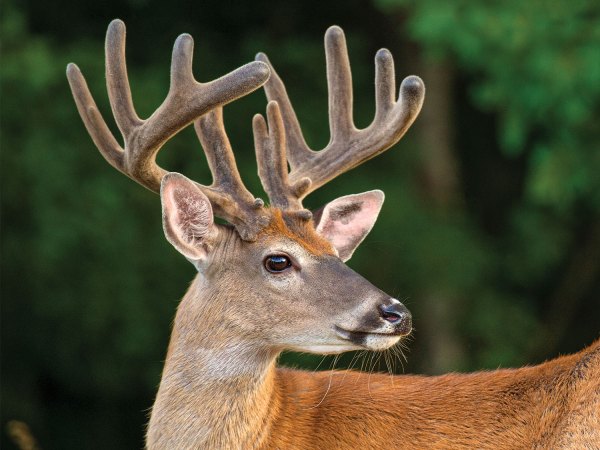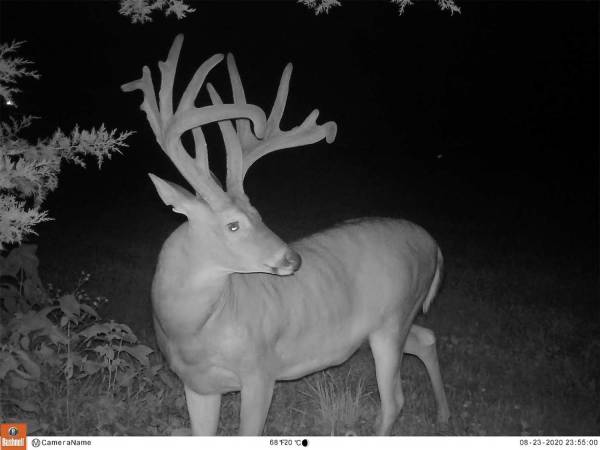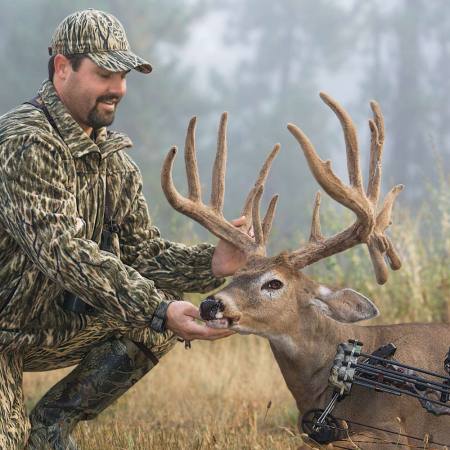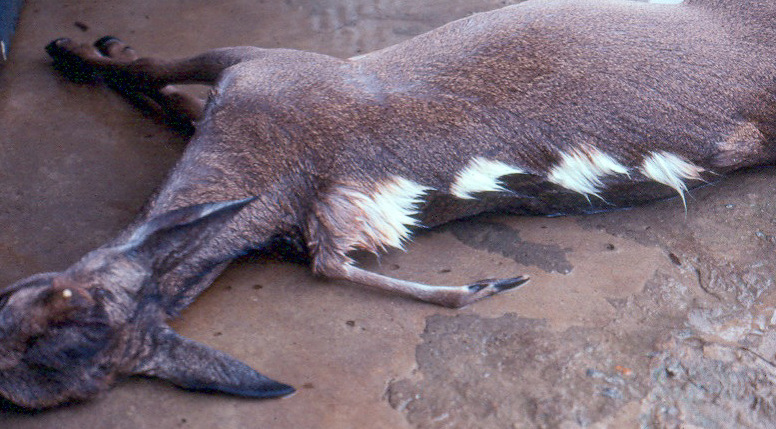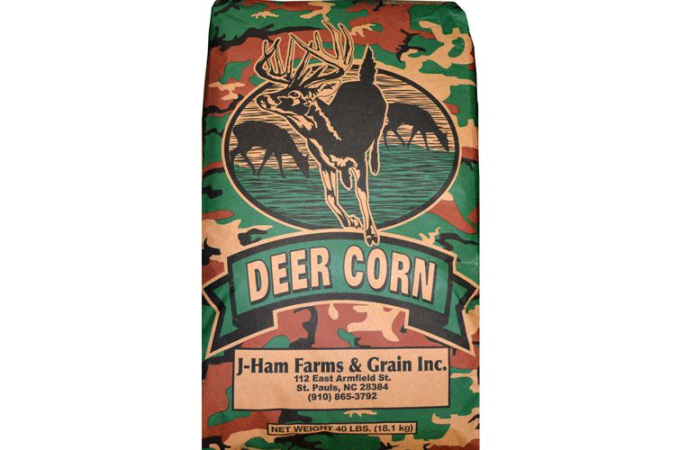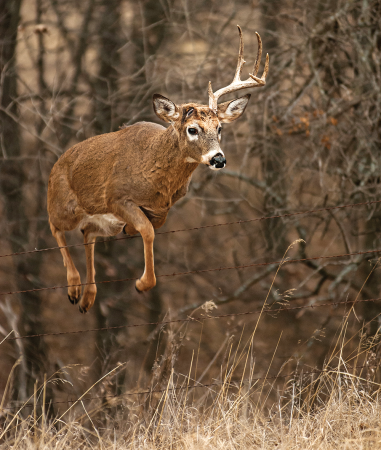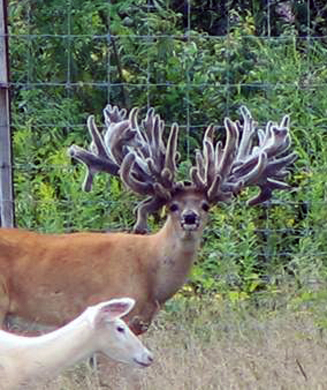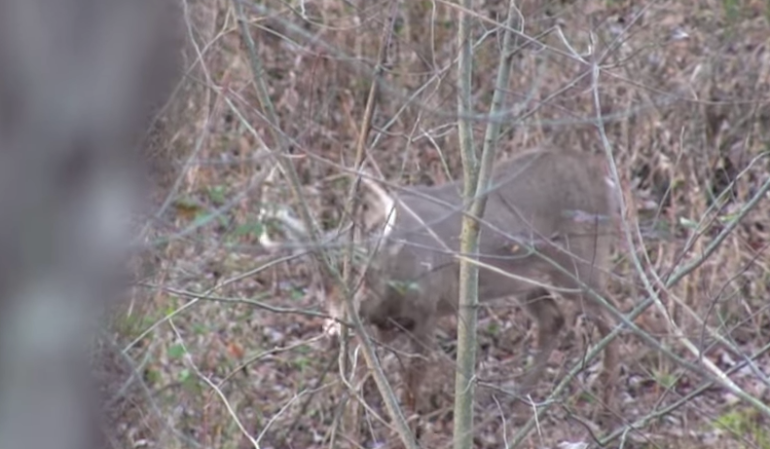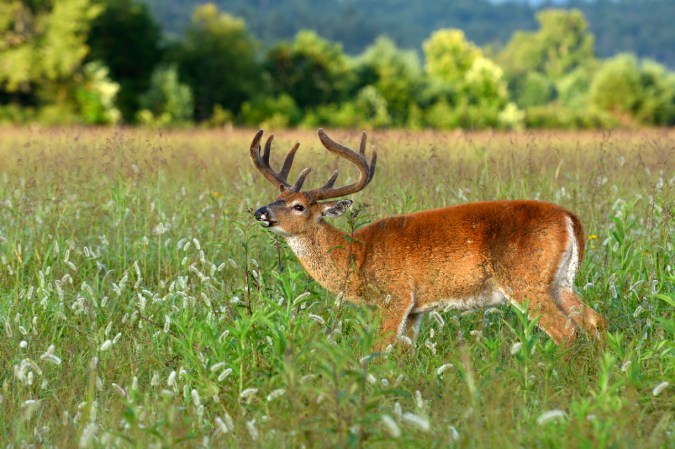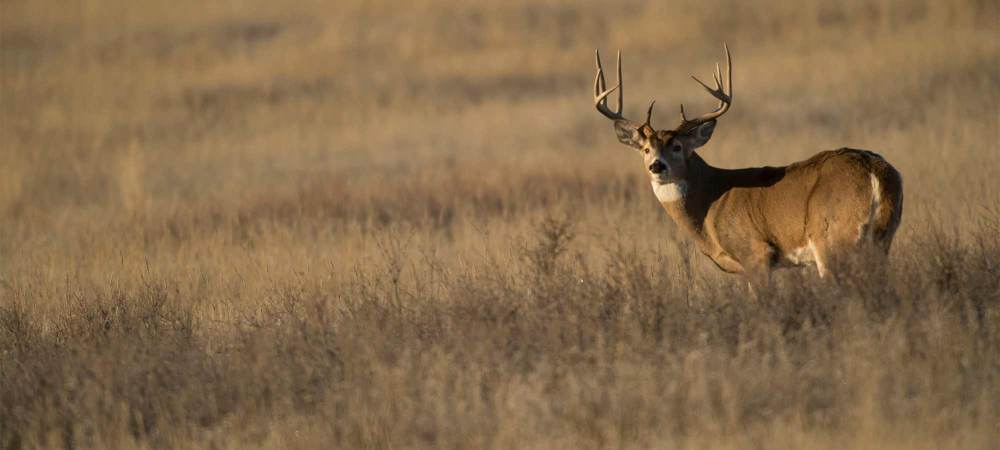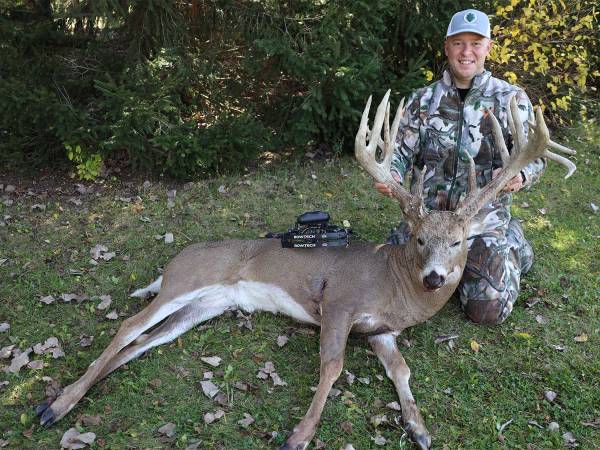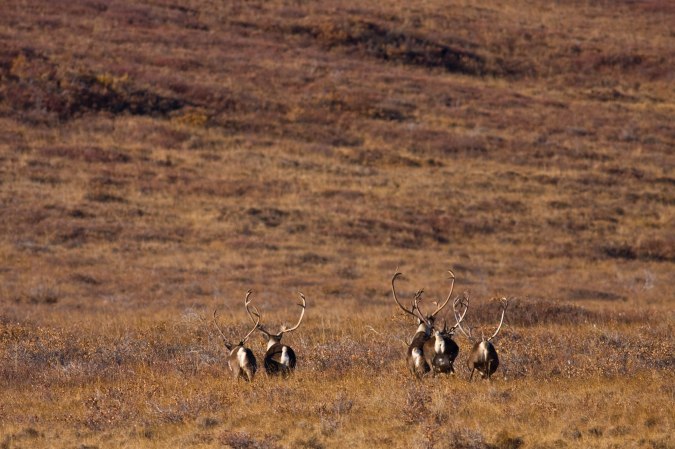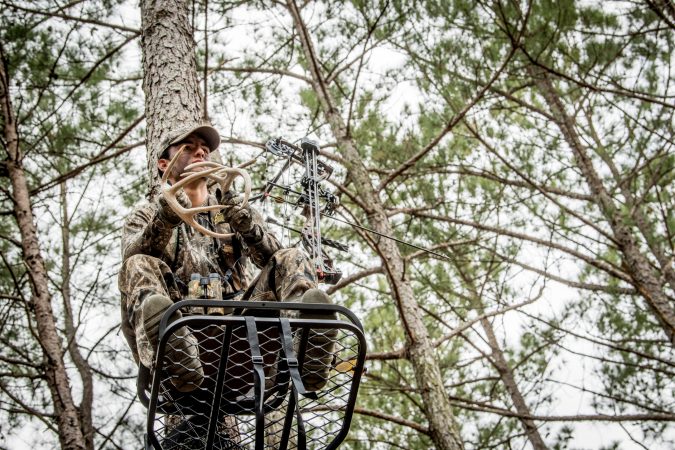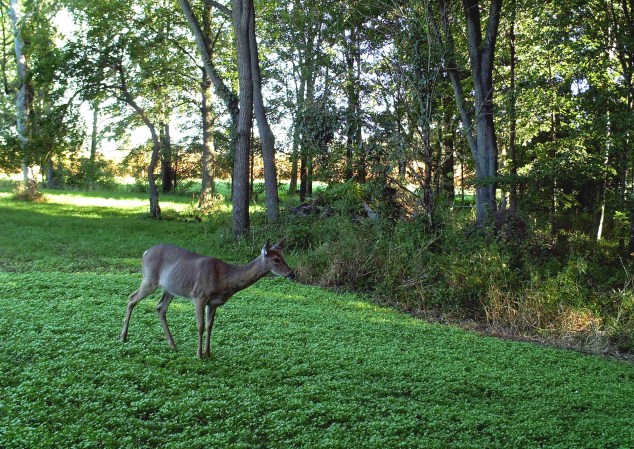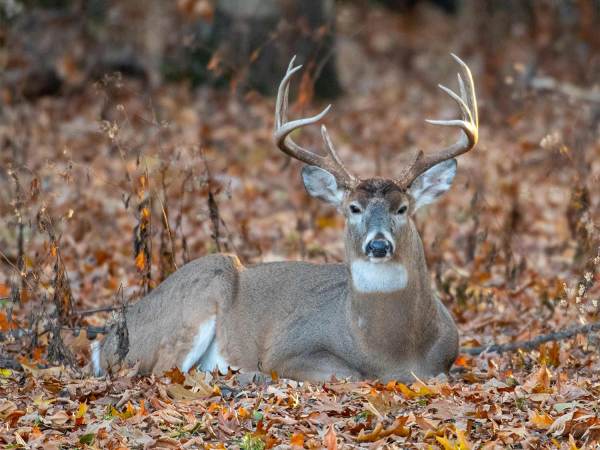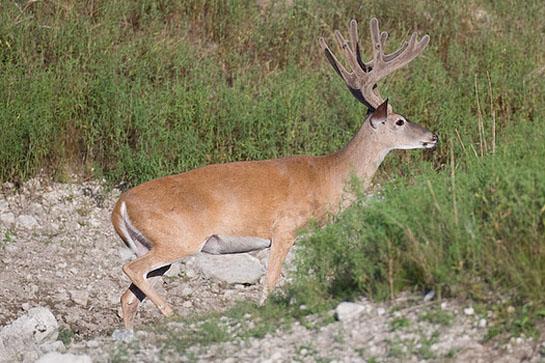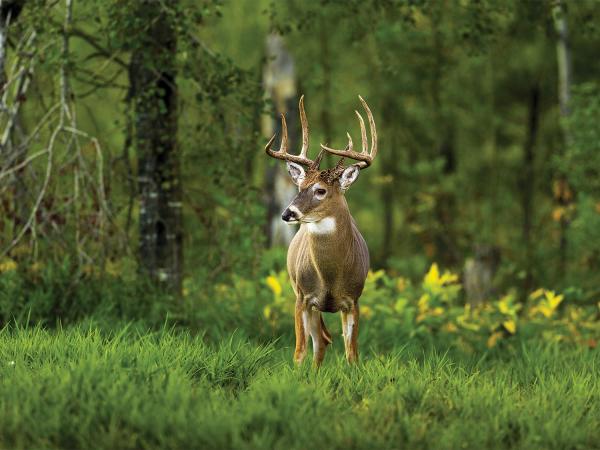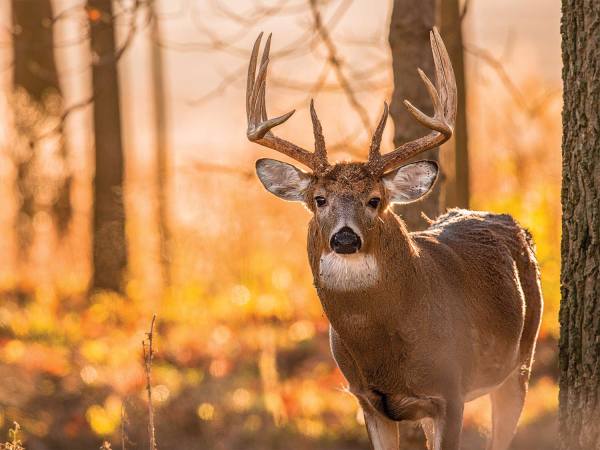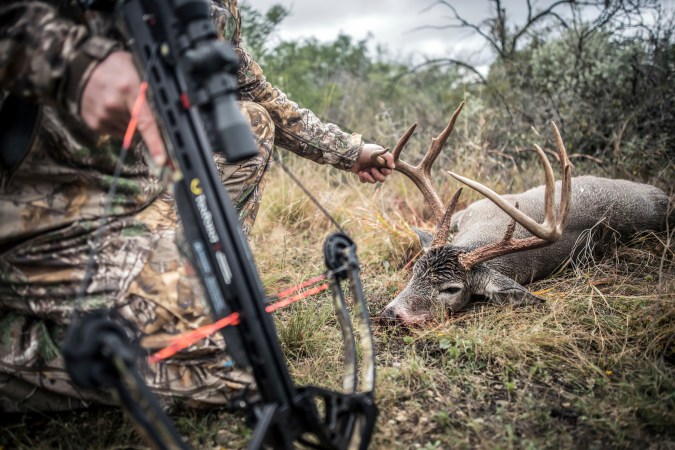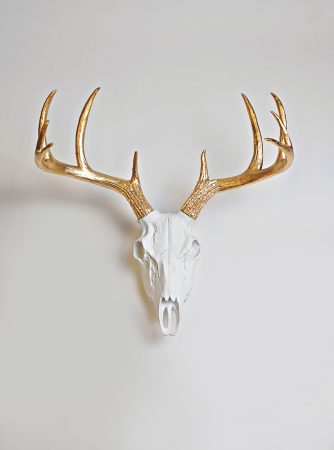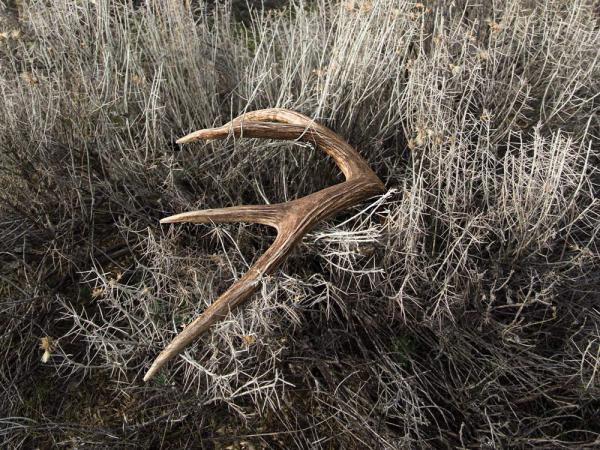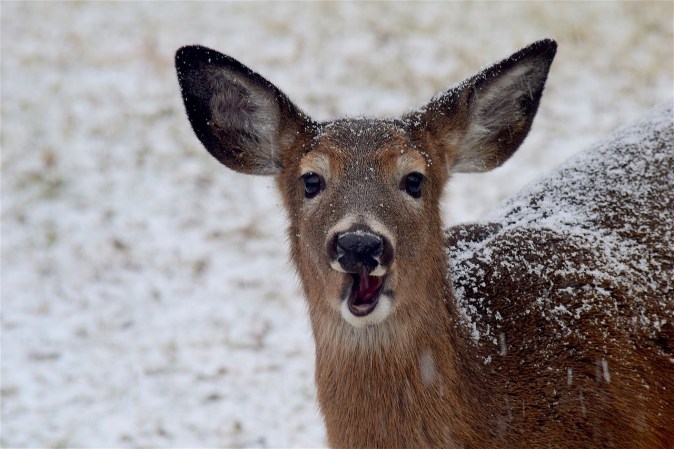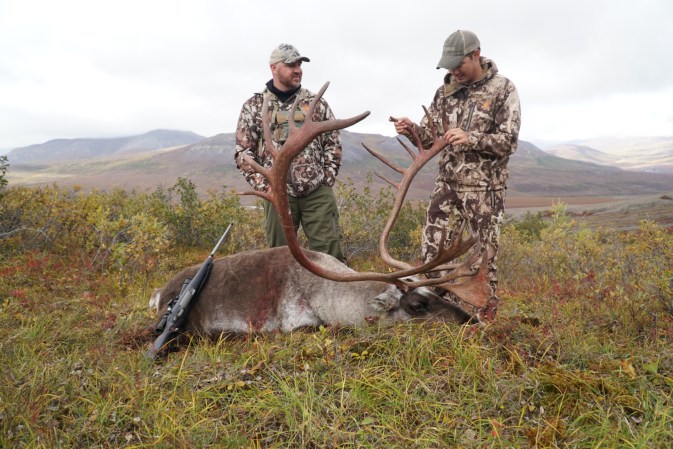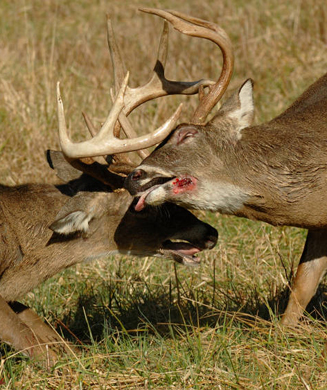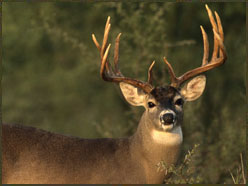Quality deer management is a practice that has grown considerably amongst the deer hunting community over the last decade. As more landowners and hunters improve habitat, maintain a herd within the carrying capacity of the land and pass up yearlings, the number of mature buck sightings increases.
Michigan is the latest state to propose an expansion of antler restrictions in an effort to decrease the percentage of yearling bucks taken and provide a more balanced age structure to the herd. The proposal would require bucks to have at least three points on one side following the same guidelines that are currently in place in Leelanau County.
Based on Michigan Natural Resources Commission guidelines, support among 66 percent of hunters in the proposed area would be needed to implement the change. The Northwest Michigan Quality Deer Management Association proposed the expansion of the antler restrictions and is hosting the meeting on Thursday, May 31st. If a majority of hunters support the restrictions, they would be considered for implementation in 2013.
With antler restrictions in place since 2003, Leelanau County has seen its 1.5-year-old buck harvest rate drop to 32 percent compared to 61 percent in surrounding areas without antler restrictions.
Northwest Michigan Quality Deer Management Association President Ryan Ratajczak told Michigan Live: “While the hunter success rate has remained constant, the age and antler development of harvested bucks has increased dramatically.”
This not only creates a more balanced age structure within the deer herd, but also balances the buck-to-doe ratio. A lower buck to do ratio means more competition amongst bucks during the breeding season and, ideally, increased buck sightings by hunters.
It’s not just Michigan hunters that are looking to introduce antler restrictions in additional hunting units. In 2005, New York introduced a pilot antler restriction program in two management units. The program was expanded into an additional two units in 2006 and is continuing to expand.
The results of the antler restrictions in New York have been mixed. A substantially reduced number of 1.5-year-old bucks have been killed while an increase in the buck harvest of 2.5-year-old and older bucks has been realized. There also hasn’t been any noticeable decrease in hunter participation because of the antler restrictions either. Additionally, junior hunters (17 and younger) are exempt from the three points on one side rule.
Antler restrictions are becoming a more popular management tool for state wildlife agencies as they look for a more balanced age structure for their deer herds. Hunters, on the other hand, continue to look for ways to increase their chances at mature whitetails and antler restrictions are one way to get there. Although there are many factors at play, there’s no arguing that antler restrictions help younger deer survive and put bigger bucks on the ground.
What’s your take?

